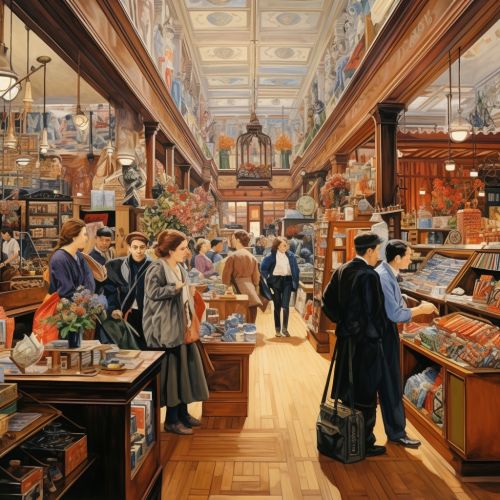The Role of Computer Vision in Retail Analytics
Introduction
Computer vision, a field of artificial intelligence (AI) that enables computers to interpret and understand the visual world, plays a crucial role in retail analytics. It allows retailers to gain valuable insights from images and video data, thereby enhancing their decision-making process and improving business outcomes. This article delves into the role of computer vision in retail analytics, providing a comprehensive and detailed understanding of its applications, benefits, and future prospects.
Understanding Computer Vision
Computer vision is a multidisciplinary field that deals with how computers can gain high-level understanding from digital images or videos. It seeks to automate tasks that the human visual system can do. Computer vision tasks include methods for acquiring, processing, analyzing, and understanding digital images, and extraction of high-dimensional data from the real world in order to produce numerical or symbolic information.
Role of Computer Vision in Retail Analytics
Computer vision plays a pivotal role in retail analytics, providing retailers with valuable insights that can help them make informed decisions. It can be used for various applications in retail, including customer behavior analysis, inventory management, and security.
Customer Behavior Analysis
One of the key applications of computer vision in retail analytics is customer behavior analysis. By analyzing video footage from in-store cameras, computer vision algorithms can track customer movements, identify patterns, and provide insights into customer behavior. This can help retailers understand how customers interact with their products and store layout, enabling them to optimize their retail strategies accordingly.
Inventory Management
Computer vision can also be used for inventory management. By analyzing images of store shelves, computer vision algorithms can identify which products are out of stock, misplaced, or incorrectly priced. This can help retailers maintain optimal inventory levels, reduce stockouts and overstocks, and improve their overall operational efficiency.
Security
In addition to customer behavior analysis and inventory management, computer vision can also enhance retail security. By analyzing video footage, computer vision algorithms can detect suspicious activities, such as shoplifting or vandalism, and alert store personnel. This can help retailers prevent losses and ensure a safe shopping environment for their customers.
Benefits of Computer Vision in Retail Analytics
The use of computer vision in retail analytics offers several benefits. It can help retailers gain a deeper understanding of their customers, optimize their inventory management, enhance their security, and ultimately, improve their bottom line.
Customer Insights
By analyzing customer behavior, computer vision can provide retailers with valuable insights. It can help them understand what products customers are interested in, how they navigate their store, and what factors influence their purchasing decisions. This can enable retailers to tailor their marketing and sales strategies to better meet their customers' needs and preferences.
Operational Efficiency
Computer vision can also improve operational efficiency. By automating inventory management, it can reduce the time and effort required to maintain optimal inventory levels. This can lead to cost savings and increased profitability.
Enhanced Security
By detecting suspicious activities, computer vision can enhance retail security. It can help retailers prevent losses due to shoplifting or vandalism, ensuring a safe and secure shopping environment for their customers.
Future Prospects
With advancements in AI and machine learning, the role of computer vision in retail analytics is expected to grow. It is anticipated that future applications of computer vision in retail will include personalized marketing, virtual fitting rooms, and automated checkout systems.
See Also


